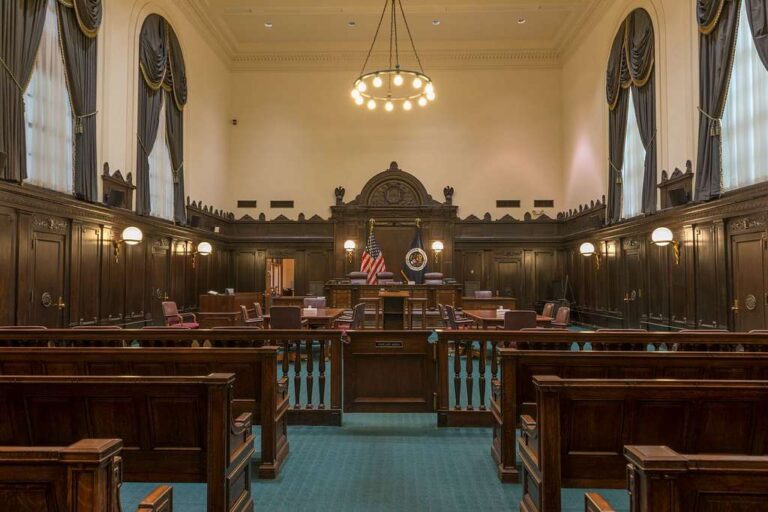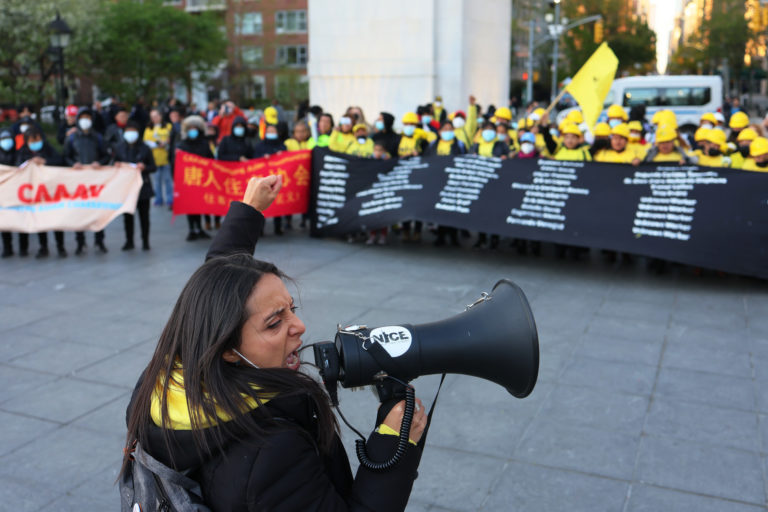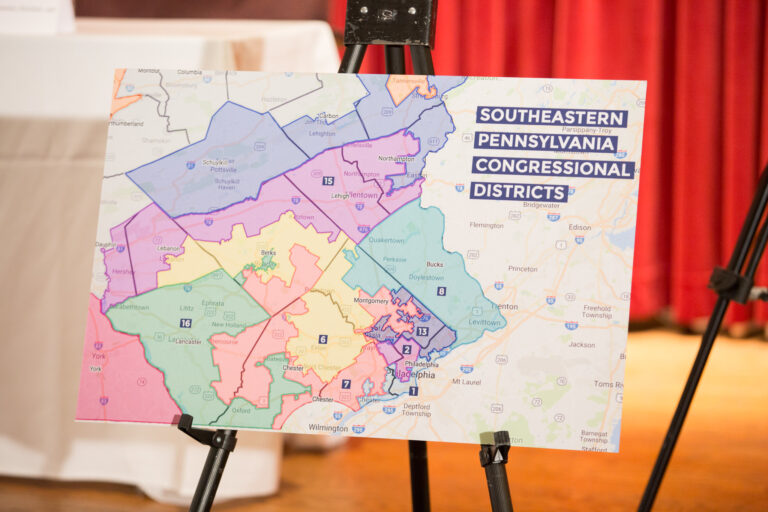
Kate Griffith is the Mckelvey-Grant Professor at the Cornell ILR School.

Emma LoMastro is a recent graduate of the Cornell ILR School.
The U.S. Department of Labor’s proposed rule to expand the number of workers who businesses can classify as independent contractors represents the agency’s latest attempt to reduce company accountability for employment conditions. The rule further fuels the ongoing debate about the exemption of employment protections for “independent contractors.”
When it comes to the independent contractor debate, Uber drivers get a lot of attention. It makes sense. They are navigating in unregulated space and thereby displacing a regulated taxi industry. They are claiming the rights that flow from “employee” status. They are the quintessential “gig workers.” Their organizing efforts are a key part of recent efforts to move beyond traditional worker organizing on the shop floor.
But, the dominant focus on Uber drivers can obscure other gig worker misclassification battles. Here we highlight one such effort—organizing and litigation efforts among exotic dancers.
Like Uber drivers, businesses often classify exotic dancers as independent contractors. Dancers often sign an agreement to this effect, sometimes called a leasing agreement because the club views itself as leasing space to independent exotic dancers to perform their services. As a result, exotic dancers do not have the assurance of receiving minimum wages for the hours they work (through tips or otherwise). They have no recourse under employment law if they experience sexual harassment at the club, because those are rights given to employees, not independent contractors. As independent contractors they can be fired for talking to other dancers about their conditions of work. They are not, according to club owners, employees with labor rights under the National Labor Relations Act (NLRA).
Like Uber drivers, exotic dancers are organizing on both sides of the issue. As OnLabor has covered, Stormy Daniels, the Independent Entertainer Coalition, and others have argued that employee status would take away “worker’s choice of deciding her employment status.” On the other end of the spectrum, organizations like Soldiers of the Pole and Strippers are Workers are educating dancers about worker rights, protesting in the streets and encouraging unionization. Through apps like Dancers Resource, dancers inform each other about the nature of particular clubs, pay, tips for staying safe, and other working conditions. Dancers have also supported legislation, such as California’s AB-5 law, as part of their efforts to end independent contractor misclassification in the industry. These worker advocacy organizations often connect exotic dancers to legal assistance should they choose to fight for their rights as employees in the courts. Through these organizing inspired litigation efforts, as well as other litigation initiatives across the country, exotic dancers are increasingly turning to the courts for assistance.
Unlike Uber drivers, exotic dancers calling for an end to misclassification have had resounding success in their lawsuits against clubs. While Uber cases have seen mixed results, both district and circuit courts have overwhelmingly found that exotic dancers are employees. LeRoy’s study of Fair Labor Standards Act (FLSA) wage cases found that courts deemed dancers to be employees in thirty-eight out of forty-one available rulings on the issue. Bloomberg Law reported that between 2005 and 2019, dancers filed 406 FLSA cases against clubs. Some cases have been settled, others sent to arbitration, but without a doubt the cases have resulted in providing dancers with “millions of dollars in damages and lost wages” from clubs.
Even the Trump National Labor Relations Board (NLRB), applying its recently altered doctrine, found an exotic dancer to be an “employee,” not an independent contractor under the NLRA. Brandi Campbell, a labor organizer who provides information and encouragement to exotic dancers through stripperlaborrights.com alleged that a club retaliated against her due to her concerted activity. The NLRB concluded she was indeed an employee of Nolan Enterprises and found a violation.
While facts vary case to case, there are commonalities between the NLRB’s Nolan case and the FLSA cases that show that club control over dancers’ work experiences is an industry norm. Nolan Enterprises controlled the price dancers could charge for private dances, detailed the way the dancers could perform, and enforced rules like cell phone bans by issuing fines to dancers who violated its provisions. Similarly, Philadelphia dancers won employee status in a FLSA case where the club was mandating the amount of money dancers could charge for dances, the times when they could work, and the way they danced. Like in Nolan and dozens of other FLSA employment actions dancers brought against their clubs, the club exerted a high degree of control over their dancers, invested far more in the business than the dancers, and nearly eliminated the dancers’ opportunity for profit or loss, all indicating the dancers are FLSA employees.
Perhaps in some industries there are close cases in the independent contractor vs. employee debate. Exotic dancing is not one of them. Thanks to litigation and innovative organizing efforts among exotic dancers, the winds seem to be shifting for this group. The end to the rampant misclassification of exotic dancers seems possible.
New forms of worker organizing and advocacy on behalf of low-wage workers have achieved some victories. They have engaged in collaborative enforcement; they have promoted new state and local legislation to protect workers; they have experimented with new forms of bargaining with companies; and they have enhanced public awareness of the realities of precarious labor. We should not overlook, though, how creative organizing efforts and advocacy have also pushed existing laws to be true to their inclusive goals of widely protecting vulnerable workers. As Griffith and Gates elaborate in a recent article, efforts by exotic dancers—and similarly less-publicized efforts among dairy workers—show that new forms of organizing and advocacy have served as a litigation catalyst “for reinterpreting, and for revitalizing, what many perceive to be outdated labor and employment laws.”










Daily News & Commentary
Start your day with our roundup of the latest labor developments. See all
December 19
Labor law professors file an amici curiae and the NLRB regains quorum.
December 18
New Jersey adopts disparate impact rules; Teamsters oppose railroad merger; court pauses more shutdown layoffs.
December 17
The TSA suspends a labor union representing 47,000 officers for a second time; the Trump administration seeks to recruit over 1,000 artificial intelligence experts to the federal workforce; and the New York Times reports on the tumultuous changes that U.S. labor relations has seen over the past year.
December 16
Second Circuit affirms dismissal of former collegiate athletes’ antitrust suit; UPS will invest $120 million in truck-unloading robots; Sharon Block argues there are reasons for optimism about labor’s future.
December 15
Advocating a private right of action for the NLRA, 11th Circuit criticizes McDonnell Douglas, Congress considers amending WARN Act.
December 12
OH vetoes bill weakening child labor protections; UT repeals public-sector bargaining ban; SCOTUS takes up case on post-arbitration award jurisdiction